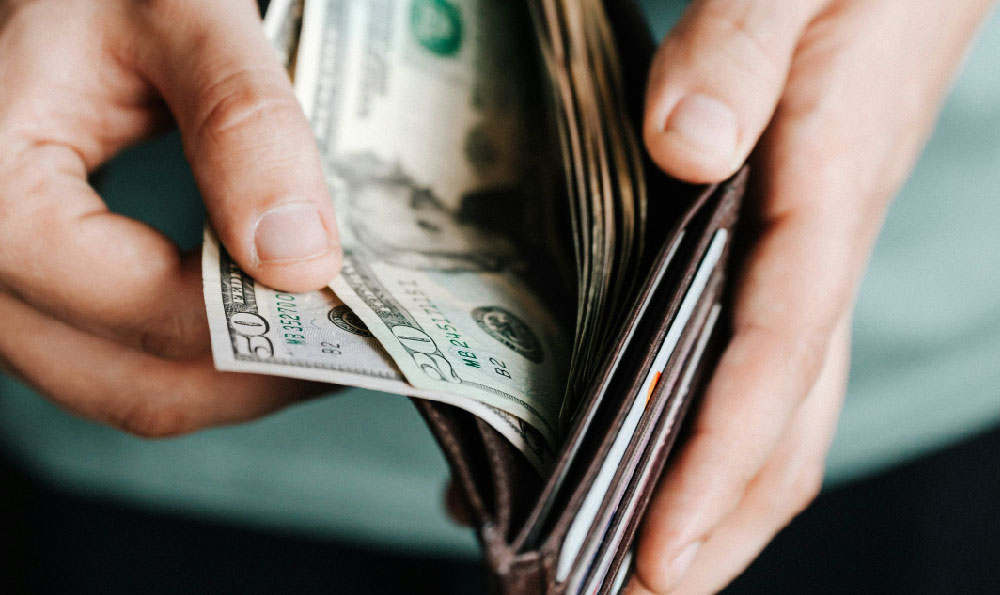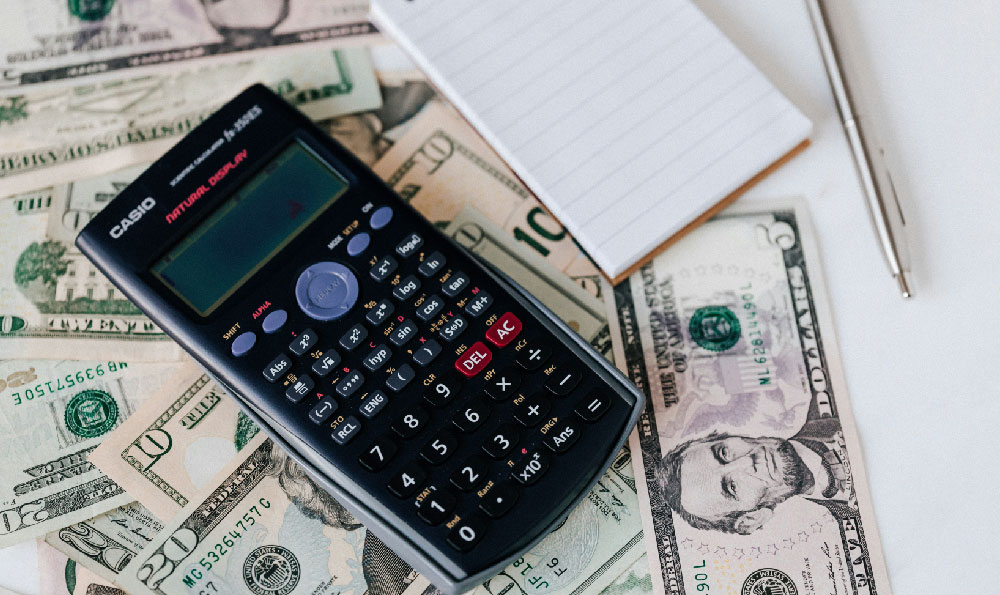How to Make a Money Flower? What Materials Do I Need?

Creating a money flower is a fun and creative way to gift cash, transforming ordinary bills into a beautiful and memorable present. It's perfect for graduations, birthdays, weddings, or any occasion where you want to give money with a personal touch. Understanding the process involves not only knowing the steps but also gathering the right materials to ensure your money flower looks polished and impressive.
Let's break down the materials you'll need and then delve into the step-by-step instructions for crafting your money flower.
First and foremost, the star of the show: money. The amount you use is entirely up to you and your budget. Consider denominations. Smaller bills, like ones or fives, tend to work better for creating more petals and a fuller-looking flower. Larger bills can be used, but they might require more intricate folding techniques to maintain a proportionate appearance. Plan how much you want to give in total and choose your bills accordingly.

Next, you will require floral wire. The gauge of the wire matters; a thinner gauge is easier to manipulate for shaping petals, while a thicker gauge provides more support for the overall structure. A 22- or 24-gauge wire is generally a good balance. You'll need enough wire to support each bill individually and connect them to form the flower's core.
Clear tape, specifically floral tape or clear scotch tape, is essential for securing the money in place without being too noticeable. Avoid using colored tapes, as they will detract from the aesthetic. Opt for a tape that's easy to tear and manipulate without leaving a sticky residue on the bills. Using double-sided tape sparingly can also be helpful for certain folding techniques.
Wooden skewers or floral stems will form the stem of your money flower. The length depends on the desired height of your flower. Floral stems, often pre-wrapped in green paper, are a more aesthetically pleasing option. You could also use bamboo skewers commonly found in the kitchen, just make sure they are sturdy enough to support the weight of the flower head.
Rubber bands, small and clear, are crucial for holding the folded money petals together during the initial stages of creation. Choose bands that are small enough to avoid stretching the bills or leaving deep indentations. They're temporary tools, so focus on functionality rather than appearance.
Scissors are indispensable for cutting floral wire, tape, and any decorative elements you might choose to add. A sharp pair of scissors will ensure clean cuts and prevent fraying.
A hot glue gun (and glue sticks) can be used to secure the finished flower head to the stem and to attach any embellishments. Use it sparingly and cautiously, as excessive glue can make the flower look messy and potentially damage the bills. Ensure the glue is cooled sufficiently before applying to the money.
Optional decorative elements can elevate your money flower. These might include silk leaves, ribbon, glitter, or even small artificial flowers. Choose embellishments that complement the money and overall design. Think about the recipient's preferences or the theme of the occasion when selecting these extras.
Finally, for presentation, consider cellophane wrapping, tissue paper, or a small vase. This adds a professional touch and protects your creation during transport.
Now that we have the materials covered, here's a breakdown of how to actually assemble the money flower:
Start by preparing your money petals. There are various folding techniques you can use, from simple folds to more elaborate origami-style creations. A common method involves folding the bill in half lengthwise, then folding the top and bottom edges towards the center crease. Secure this with a small rubber band. Repeat this process for each bill that will serve as a petal.
Attach each folded bill to a piece of floral wire. Carefully slide the wire through the rubber band or secure it with a small piece of clear tape on the back of the folded bill. Ensure the wire is firmly attached so the petal doesn't droop.
Form the flower's center. You can use a tightly rolled bill, secured with tape, or a small artificial flower. Attach this center to a floral wire or wooden skewer.
Begin arranging the money petals around the center, attaching each petal one at a time with floral tape. Overlap the petals slightly to create a full and layered look. Continue adding petals until you achieve the desired size and shape of your money flower.
Secure the flower head to the stem. Use floral tape to tightly wrap the base of the flower head to the wooden skewer or floral stem. Ensure a secure connection to prevent the flower head from falling off. For added stability, you can use a small amount of hot glue, but be careful not to damage the bills.
Add decorative elements. Attach silk leaves around the base of the flower head with floral tape or glue. Tie a ribbon around the stem for added flair. If desired, sprinkle glitter on the petals or add small artificial flowers to complement the design.
Finally, present your money flower. Wrap it in cellophane or tissue paper to protect it during transport. Place it in a small vase or arrange it in a decorative container.
Creating a money flower requires patience and attention to detail, but the result is a unique and memorable gift that will surely impress the recipient. By choosing the right materials and following these steps, you can transform ordinary bills into a stunning display of generosity and creativity. Remember to prioritize neatness and security when handling the money, and don't be afraid to experiment with different folding techniques and embellishments to create a money flower that truly reflects your personal style.














